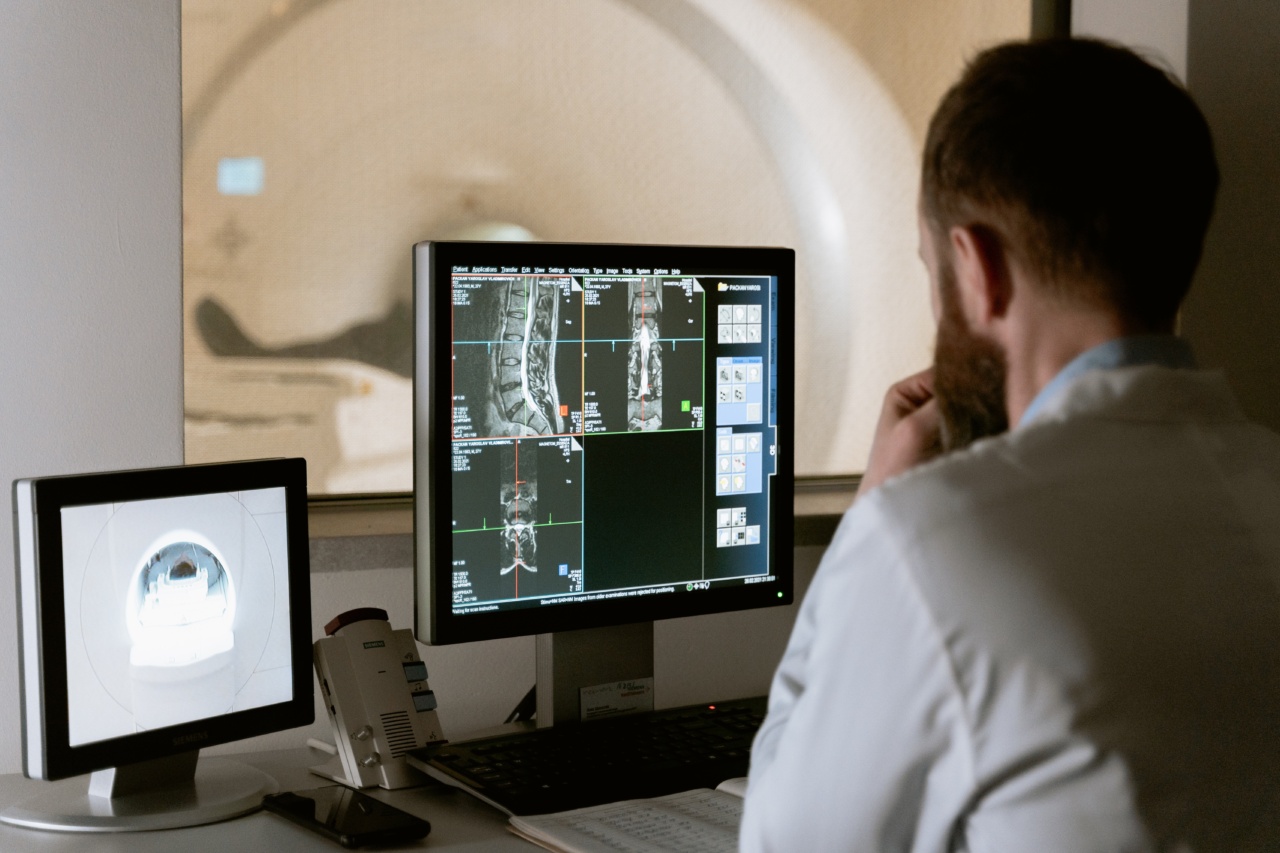When a baby is born, one of the most important assessments performed to evaluate their overall health and well-being is the APGAR test.
This simple test, which stands for Appearance, Pulse, Grimace, Activity, and Respiration, provides valuable information about the baby’s vital signs and immediate adaptation to life outside the womb. Developed by Dr. Virginia Apgar in the 1950s, this scoring system has since become a universal standard in neonatal care, allowing healthcare professionals to quickly and effectively evaluate a newborn’s condition.
In this article, we will explore the reasons why the APGAR test is critical in assessing a baby’s health, the components of the test, and its significance in early infant care.
The Components of the APGAR Test
The APGAR test consists of five components, each of which is assigned a score of 0, 1, or 2. These scores are then added up to obtain a total APGAR score, which typically ranges from 0 to 10. Let’s delve deeper into each component:.
Appearance
The first component of the APGAR test assesses the baby’s overall coloration. A newborn with a healthy pink coloration scores a 2, whereas a baby with bluish or pale skin tone receives a score of 1 or 0, respectively.
This component helps in identifying potential respiratory or circulatory problems.
Pulse
The pulse component evaluates the baby’s heart rate. A strong and regular pulse rate above 100 beats per minute (bpm) is assigned a score of 2. A heart rate below 100 bpm receives a score of 1, while an absent or weak pulse is given a score of 0.
A low pulse rate could indicate cardiac issues or poor circulation.
Grimace
This component focuses on the newborn’s reflex response and irritability. A responsive baby who cries or pulls away when stimulated scores a 2, indicating a healthy nervous system.
If the baby only exhibits a weak grimace or diminished response, a score of 1 is assigned. A baby with no response or reflex receives a score of 0, highlighting potential neurological concerns that require immediate attention.
Activity
The activity component evaluates the baby’s muscle tone and overall level of activity. A baby with active movements and normal muscle tone scores a 2. If the baby’s movements are minimal or sluggish, an activity score of 1 is assigned.
In cases where there is no movement at all, the score is 0. Reduced muscle tone can be a sign of underlying neuromuscular disorders.
Respiration
The final component of the APGAR test assesses the baby’s breathing efforts and respiratory rate. A vigorous cry accompanied by regular breathing gets a score of 2. If the baby’s respiration is weak or irregular, a score of 1 is assigned.
A complete absence of breathing warrants a score of 0, indicating potential respiratory distress and the need for immediate intervention.
Interpreting APGAR Scores and Their Significance
Now that we understand the individual components of the APGAR test, it’s important to interpret the scores and their significance in assessing a baby’s health.
An APGAR score of 7 to 10 indicates that the baby is in good health and adjusting well to life outside the womb. These babies have strong vital signs, good muscle tone, and sufficient respiratory efforts.
A score between 4 and 6 suggests that the baby may need some form of medical support to help with breathing or improving their overall condition. Healthcare professionals closely monitor these infants to ensure proper assistance is provided.
APGAR scores below 4 indicate the need for immediate medical attention. These babies often require resuscitation and intensive care to stabilize their vital signs and address any underlying issues.
Importantly, the APGAR test is usually performed twice: once at one minute after birth and again at five minutes after birth. If the initial score is low, the healthcare team aims to improve it within the next five minutes.
This second evaluation provides a more comprehensive assessment of the baby’s response to interventions and helps determine further medical interventions or ongoing monitoring.
The Importance of the APGAR Test in Early Infant Care
The APGAR test holds significant importance in early infant care for several reasons:.
Rapid Assessment
The test can be quickly administered within the first minutes after birth, allowing healthcare providers to promptly identify babies who may require immediate medical attention.
The rapid assessment provided by the APGAR test ensures that necessary interventions are initiated without delay.
Identification of Critical Conditions
By assessing the baby’s vital signs and reflexes, the APGAR test aids in the identification of critical conditions such as respiratory distress, cardiac abnormalities, or neurological issues.
This early detection allows healthcare professionals to intervene early and formulate appropriate treatment plans, potentially preventing long-term complications.
Objective Standard
The APGAR test provides an objective standard for assessing a baby’s health. With clearly defined criteria and scoring, it minimizes subjective interpretations and ensures consistency across different healthcare providers.
This standardization enables efficient communication and decision-making among the medical team.
Monitoring Progress
Performing the APGAR test at one minute and five minutes after birth allows healthcare providers to monitor the baby’s progress in adapting to their new environment.
The second APGAR score provides valuable information about the effectiveness of interventions and helps guide ongoing care and treatment.
Promoting Parental Understanding and Engagement
By explaining the APGAR test to parents, healthcare providers can promote parental understanding and engagement in their baby’s care.
Educating parents about the significance of the APGAR test helps alleviate anxiety and empowers them to actively participate in their newborn’s well-being.
Conclusion
The APGAR test is a critical tool in assessing a baby’s health immediately after birth.
Its five components, Appearance, Pulse, Grimace, Activity, and Respiration, provide valuable information about the newborn’s vital signs and adaptation to the outside world. Interpreting the APGAR scores allows healthcare professionals to identify potential health concerns and initiate appropriate interventions.
By utilizing this standardized test, healthcare providers can effectively monitor and improve the overall well-being of newborns, ensuring the best possible start to their lives.



























